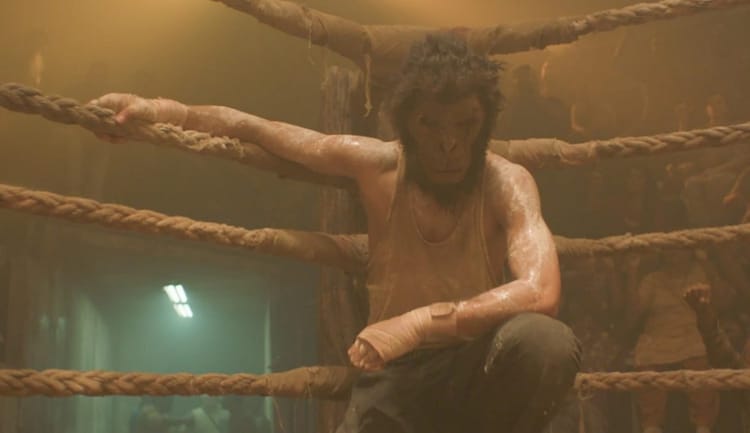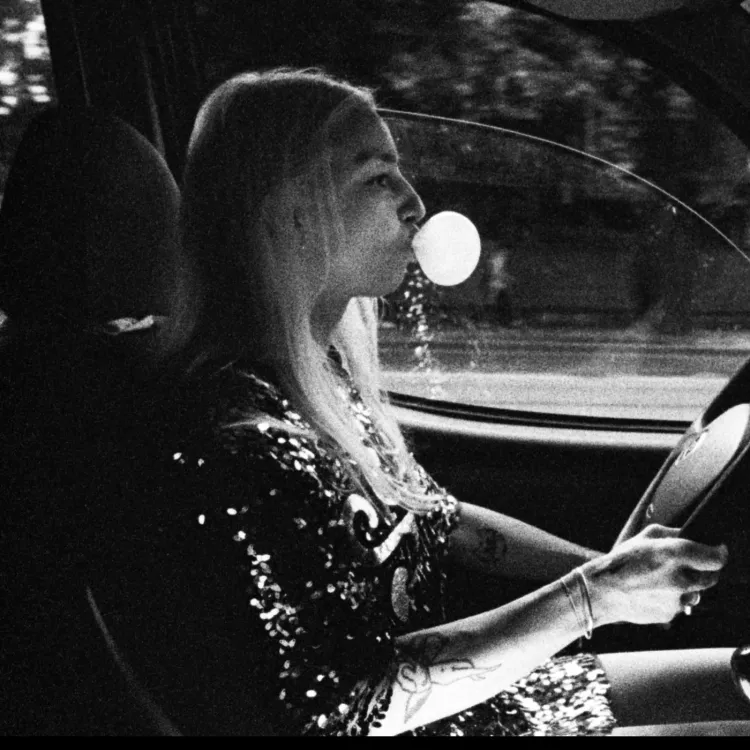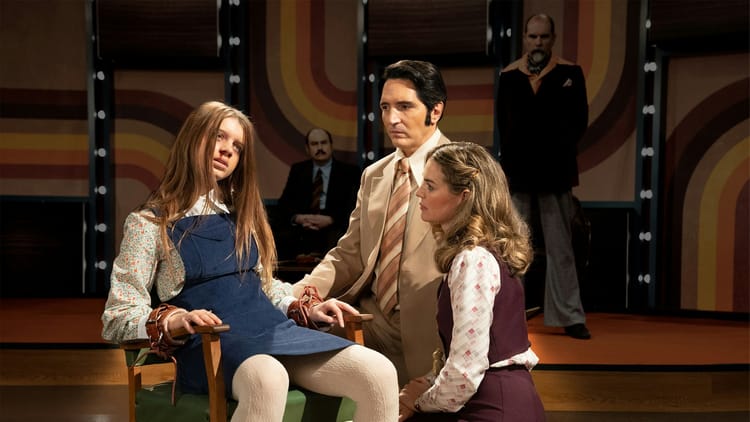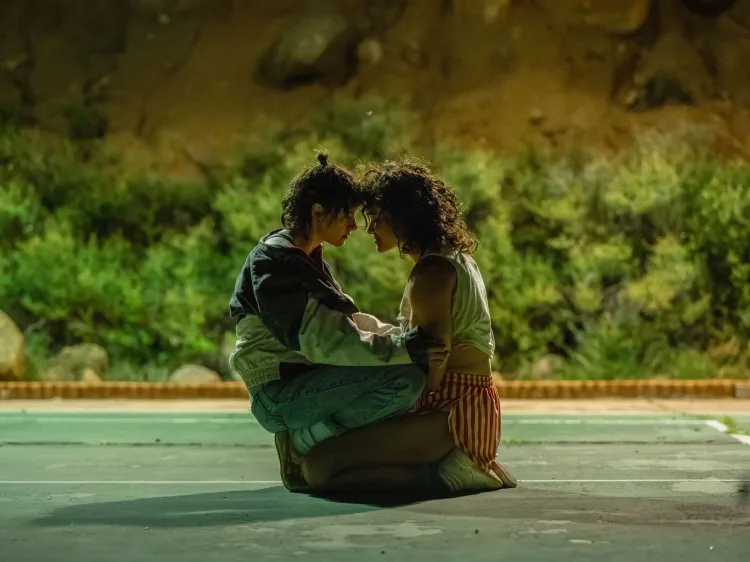Raya and the Last Dragon
Having conquered most of the civilized world, the global empire that is the Walt Disney Company has finally set its sights on this little corner of the globe. Southeast Asia is the next region subject to Disney's hybridification programme, following the commercial giants of Moana, a movie riding on Pacific Islander culture, and Black Panther, an African-American envisioning of an uncolonized utopia. Both films were touted for their success, as groundbreaking tentpole blockbusters made by and for people with those identities. Yet, neither were flawless, with fair criticism for both Moana and Black Panther on their politics. And now, we're several years past those movies. But this debate on the ethics of representation will not come to a close.
Is Mulan good for Chinese people if it throws Mongolian culture under the bus? Are the feelings of pride and recognition of Asian-Americans worth more than the frustrations of non-Chinese Singaporeans ignored by Crazy Rich Asians? Is Disney actually making the world a worse place by enabling anti-blackness by shrinking John Boyega on Star Wars' posters in China?
Whether it means to or not, Raya and the Last Dragon enters cinemas (and TVs) amidst this discourse. It isn't coming in on a blank slate; it's following movie after movie each aiming for true representation, the holy grail of the box office. Moviemakers seems to believe that their movies, upon achieving the nebulous accolade of "authentic", will simply slide past the billion dollar mark. Or perhaps that's too cynical. Maybe the dream of these filmmakers is to provide audiences, previously unseen and unheard from, the chance to see themselves in the characters onscreen, represented for the first time.
So clearly, Raya and the Last Dragon carries a lot of baggage, some unique to its particular ambitions. Yes, it's part of a long line of movies aiming to represent non-white cultures, but it's also the first major animation to attempt to capture Southeast Asia. And that is no small task. Because, really, Southeast Asia is a geographical description. It is stating where in the world these countries are. It is not saying anything qualitative about what these countries share in common. It's about as useful a descriptor as East Asia or South America. Yes, there are some cultural commonalities, but to synthesize them into a single fictional world is an absolutely gargantuan (and perhaps, unnecessary) task.
And that's only half the battle in making a movie like Raya. Because an expansive and detailed world is meaningless without a compelling story and engaging characters. The world is the base on which the story is built upon, and if that world is loose, ill-defined, or worse still, distracting, the story will suffer. And that's doubly troublesome for Raya because this is a fantasy world unlike conventional Disney fare. This film doesn't have the luxury of Frozen, where audiences are coming in with years of experience with Aryan castle antics. They're coming in fresh, either knowing nothing about Southeast Asia and just wanting a fun story, or are familiar with the region and eager for that representation onscreen. Between these two groups of audience members, I don't think the former will be frustrated; Raya is a well-told story, with unique characters and a sincere heart. But those yearning for Southeast Asian representation on screen are going to be left wanting.
Without getting into the problems of an entirely non-Southeast Asian cast minus Kelly Marie Tran, Raya and the Last Dragon is plagued with issues of authenticity or representation. The world of Kumandra is a mish-mash of influences, coming from Thailand, Vietnam, Laos, and other countries in the region. But these cultures, despite their physical proximity, don't necessarily cohere. We end up with a world that feels a little half-baked, only actually committing to its influences with its colourful costumes and intricate architecture. I kept thinking during Raya, that it felt like the film's research and art design was done via Google, far from the region it is inspired by. Little things like the design of the dragons, an uninspiring and conventionally Western soundtrack, and completely anachronistic references in the dialogue all end up making Kumandra a hollow country.
Ultimately, the choice to bring together all these different cultures together ends up meaning that no single culture is actually depicted. So then, Southeast Asian representation starts and ends at the physical appearances of these characters. I'm not underselling that importance, that kids can see heroes that look like them saving the day. But representation purely via physical appearances strikes me as paltry crumbs, a thrown bone lacking in substance or feeling.
This shallowness is a real shame because Raya's story is surprisingly novel. Without revealing too much about the plot, it's Disney's take on the heist movie, all powered by a likable and endearing cast of characters. Kelly Marie Tran's performance as Raya is both stubborn and vulnerable, making her flaws relatable. Her journey is sincere and heartfelt, coupled well with her evolving rivalry with Nimarri, the primary antagonist. Surprisingly, the film also has several great action sequences, powered by the characters' motivations rather than spectacle. And each of these characters bring their own enriching backstories, their shared experiences and trauma forming the backbone of this shared world. It's just a shame that the world itself isn't as convincing as they are. I spent most of Raya's running-time waiting for the world to distract me less so that I could enjoy its story. I can happily say that it did eventually capture me when Raya's journey began proper, unfettered by the many clunky and underdeveloped worldbuilding elements.
I've been asked if I liked Raya and the Last Dragon. I wish I could give an easy yes, simply because of the film's technical prowess and sharp storytelling choices. For those reasons, there is plenty to like. But ultimately, its ambition ends up muddying its story. Its homogenized setting distracts from its characters, its lack of commitment to its world left me, as a resident of Southeast Asia, dissatisfied, yearning for something richer. The film does not sufficiently rise to the challenge of animating and synthesizing Southeast Asia. This does not mean it is bad, or that it should be condemned. It's just lacking. In truth, a few years ago, Raya's lip service to representation may have been appreciated. But times have changed, and it's a discredit to its characters and the people they aim to represent that Disney did not keep up.




